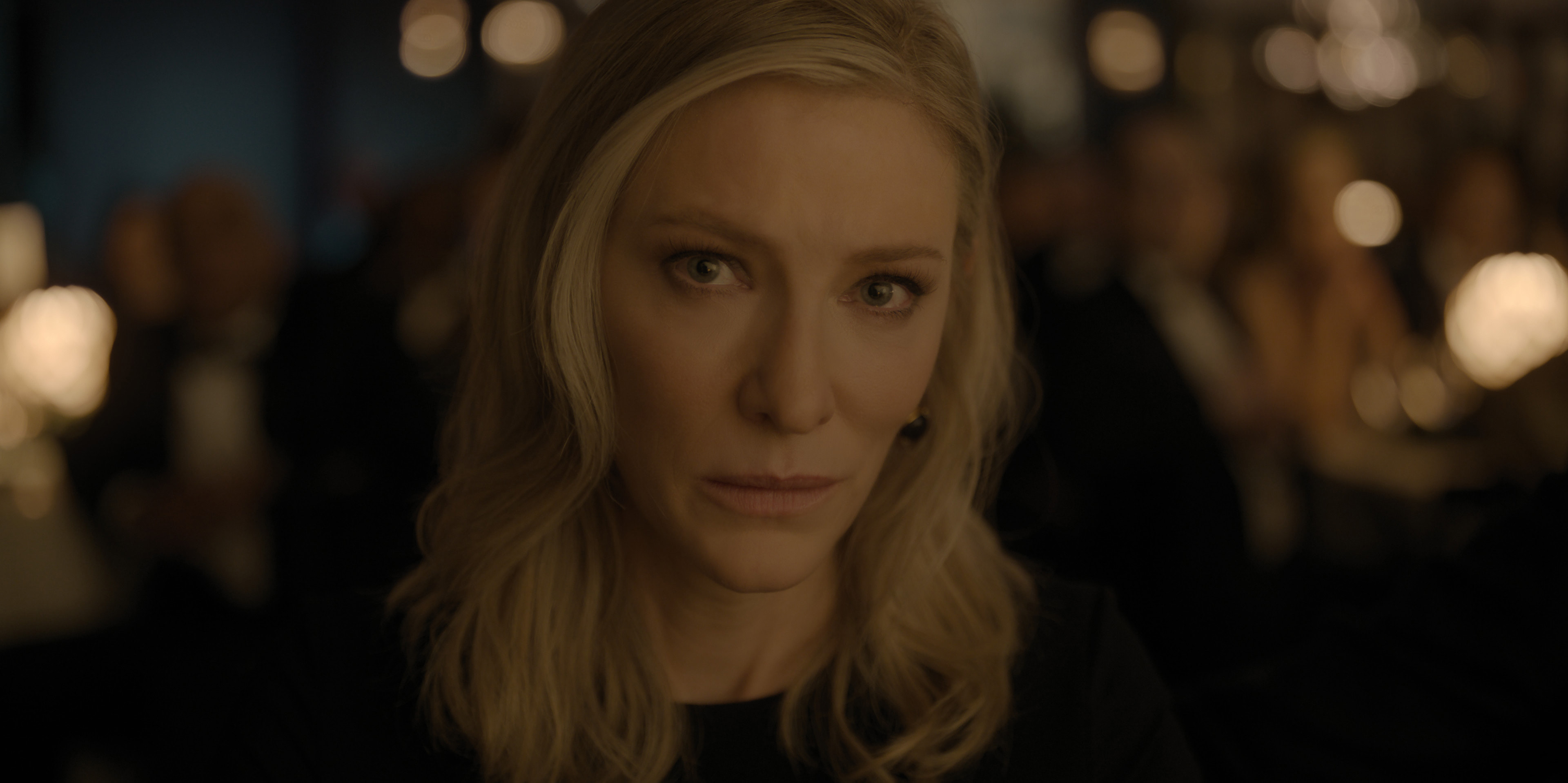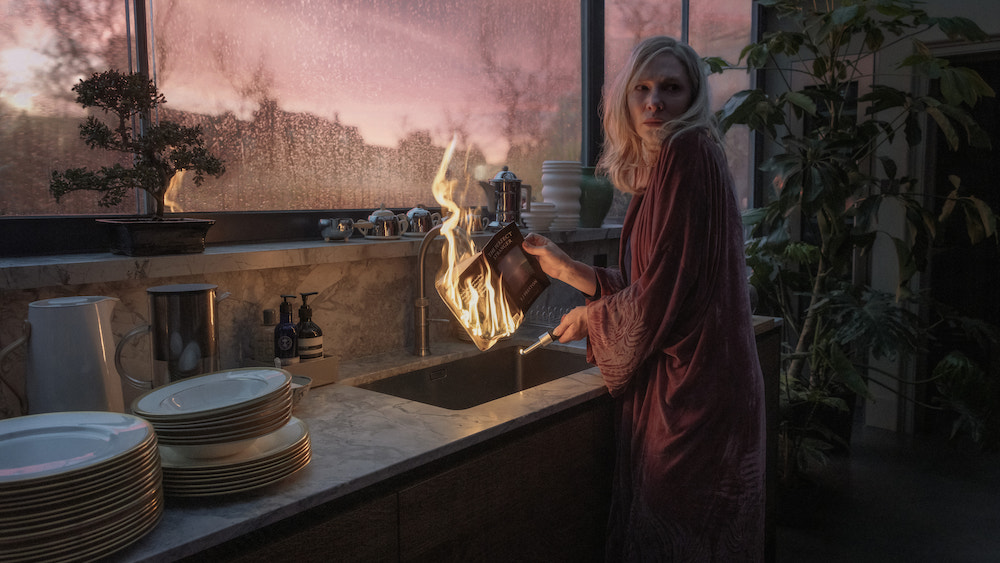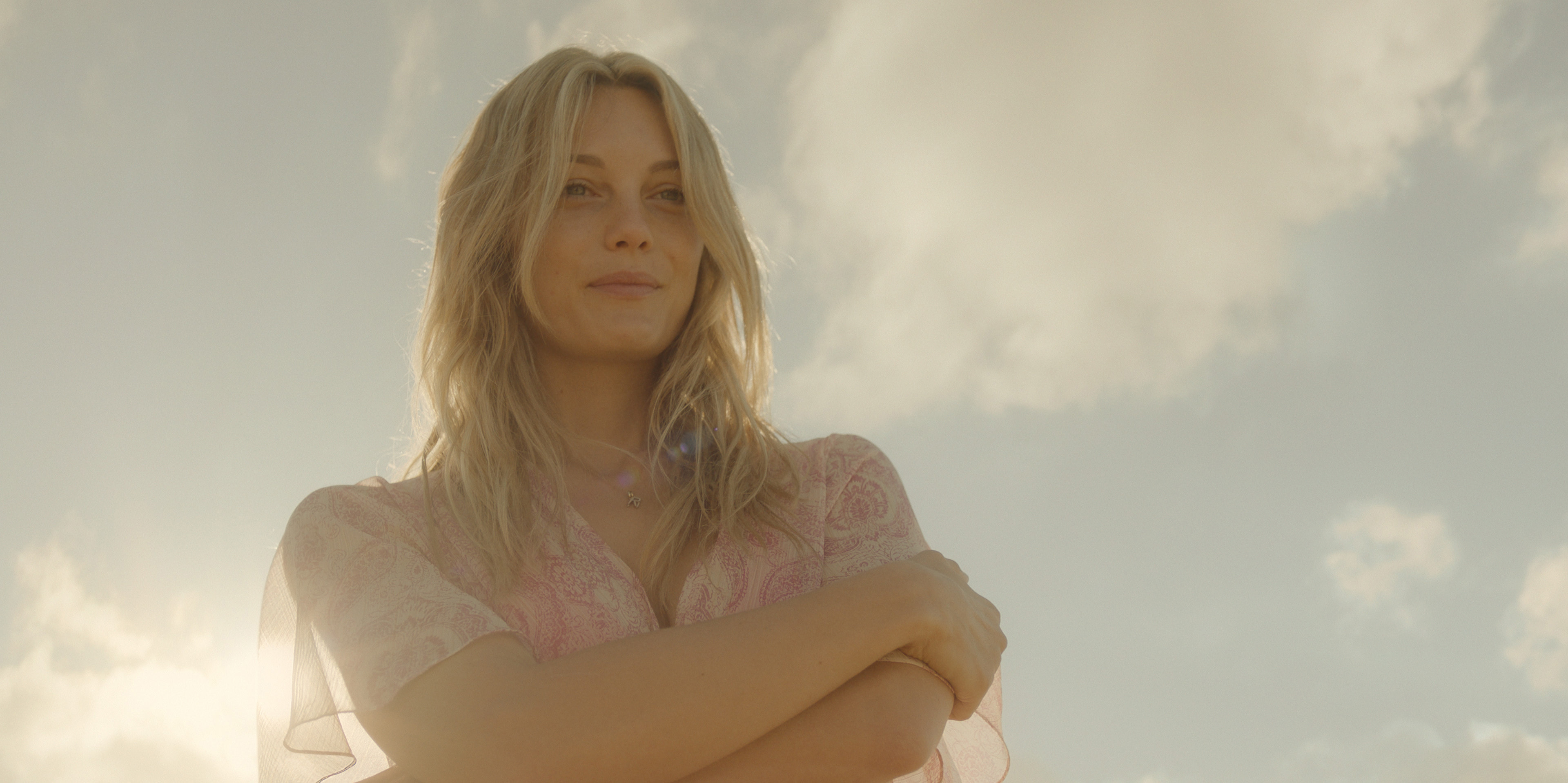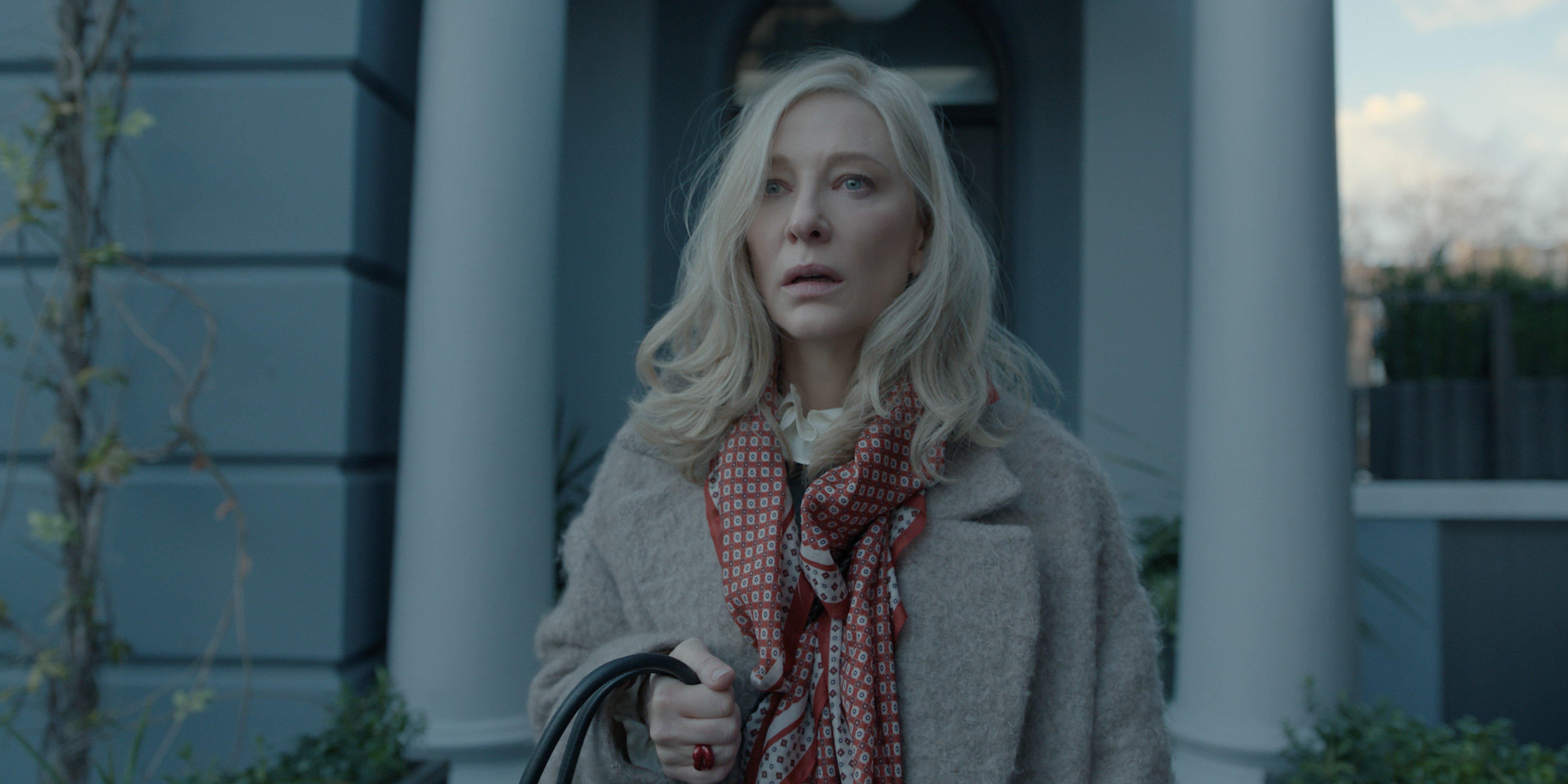Apple TV+’s psychological thriller series, ‘Disclaimer’ stars Cate Blanchett in the role of a woman whose well-established life and reputation are threatened when a long-buried incident from the past comes calling. The woman in question is Catherine Ravenscroft, who has made a name for herself in the world of journalism and documentary-making. One day, she receives a book that she realizes is based on her own experience, something that happened over 20 years ago on a vacation in Italy.
Written and directed by Alfonso Cuarón, the 2024 miniseries takes the audience on a roller-coaster ride where notions are made and challenged with each episode. The heavily layered nature of the story gives the audience a lot of pause. The director also presents the narrative through a very realistic lens, which goes a long way in making the story and the characters seem uncomfortably relatable. This discomfort is only assuaged by the fact that none of it is real.
The Idea For the Fictional Story of Disclaimer Stemmed From a Real Incident

As realistic as the story and its characters in ‘Disclaimer’ might seem, they are not real. The show is based on Renee Knight’s 2015 novel of the same name. Knight, who has experience working on art documentaries for the BBC, got the idea for her debut novel from another piece she had been working on. The author revealed that before ‘Disclaimer,’ she was working on another novel in which she used an incident from her own life, which also involved one of her long-time friends. Once Knight was done writing it, she started to wonder how her friend would feel if she read the book and found herself represented in it in a thinly veiled manner.
Knight didn’t want her friend to find out about her mention in the book later, so she sent her the manuscript. The friend took a long time to read the book and get back to the author, which is when Knight started to feel as if her friend didn’t like what was written about her. Eventually, the friend gave a green light to the story and her part in it, but by then, Knight had given so much time and thought to anticipating and fearing her reaction that a new idea had developed in her mind. Considering how most people read books as a source of comfort and escape, she wondered what would happen if someone came across a book about themselves that threatened to reveal their deepest, darkest secret to the world. Thus germinated the idea of a woman receiving a book that digs into her past and brings out the worst thing she’s ever done.
The Fictional Catherine Ravenscroft is Meant to Call Out the Audience’s Judgemental Nature
Like the events in the book, the protagonist of the story, Catherine Ravenscroft, is also entirely fictional. However, she is also one of the most compelling things about it. When Alfonso Cuarón read Knight’s book, he was immediately taken by it and knew that he’d like to adapt it for the screen. The initial idea was to make it into a movie, but there was so much to be explored in the story that he eventually decided to go with the long-form format of TV. While adapting the book into a screenplay, he tried to stay as close to the book’s version of events as possible. However, changes were inevitable, and Cuarón found himself constantly rewriting stuff, even as the show was being filmed.

One of the things that Cuarón knew he wanted for the project was to have Cate Blanchett in it. Even while writing the story, he envisioned Blanchett as Catherine. Considering the complexity of the character and how elusive and ambiguous she remains till the very end of the show, Cuarón wanted someone of Blanchett’s caliber to play Catherine. When the idea of working on the series was pitched to the Oscar-winning actress, she immediately agreed to it on the accord of working with Cuarón. However, when she got the script for the first few episodes of the show, she found herself repulsed by Catherine’s character.
Blanchett confessed that despite generally being rather non-judgemental about her characters, no matter if they are heroes or villains, she found herself judging Catherine immediately and too harshly, in hindsight. On Cuarón’s insistence, she continued reading the script to the very end, which is when she realized how the character’s actions had confronted her, the reader, to reflect on her own judgemental nature. As complex as the character was on paper, the actress found it equally challenging to bring it to life on the screen, especially with the fact that for someone so complicated, Catherine didn’t have much to say, at least in the first half of the show.

Another layer was added to the character with the addition of Leila George, who plays the younger version of Catherine, the one who does exactly what the older Catherine comes to be haunted by. George revealed that she wished to be able to shadow Blanchett while she was playing her version of Catherine, but by the time she came on board, Blanchett had already wrapped up her part. The two actresses had a lengthy discussion about the character, with George trying to get a sense of what Blanchett had already done with it. At the end of the day, George felt that she had enough understanding of the character to have the freedom to bring her own twist into it, without compromising the work Blanchett had put into it, and present Catherine in as realistic a manner as possible.
Read More: Where is Apple TV+’s Disclaimer Filmed?


You must be logged in to post a comment.